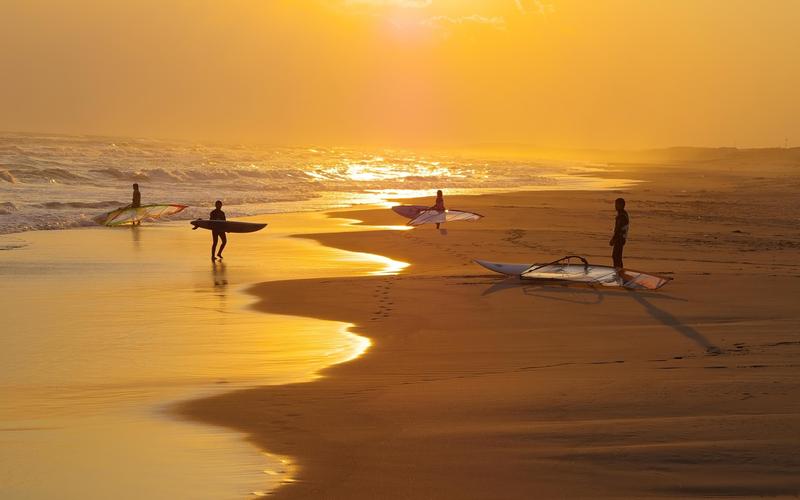10 Fascinating Facts About Crabs
Crabs are one of the most interesting and unique creatures in the ocean. Their unusual appearance, behavior, and habitat have always captured the attention of marine biologists, scientists, and nature enthusiasts alike. In this article, we’ll explore ten fascinating facts about crabs that will surprise and delight you.
1. Crabs Have No Backbone
Unlike most animals, crabs have an exoskeleton, which means their skeleton is located on the outside of their body. This exoskeleton, however, is not a proper backbone. Instead, it is composed of chitin and provides protection and support for the crab’s body.
2. Crabs Can Regrow Their Limbs
If a crab loses one of its legs or claws, it can regenerate it over time. The process of regeneration can take several molts, but eventually, the crab will have a whole new limb.
3. Crabs Are Omnivorous
Crabs are not picky eaters. They will eat just about anything, from algae and plankton to small fish, mollusks, and even other crabs.
4. Crabs Can Walk (and Swim) Sideways
One of the most well-known facts about crabs is their unique method of locomotion. They walk and swim sideways, using their specially adapted back legs to scuttle along the ocean floor or paddle through the water.
5. Female Crabs Can Store Sperm
Female crabs have a special organ called the sperm storage tubule, where they can store sperm from multiple mates for several months. This allows them to fertilize their eggs at a later time, ensuring a higher chance of survival for their offspring.
6. Crabs Communicate Using Chemical Signals
Crabs can identify each other using chemical signals, which they release into the water. These signals allow them to find mates, defend their territory, and avoid predators.
7. The Largest Crab in the World Weighs Over 40 Pounds
The Japanese spider crab is the largest crab in the world, with a leg span of up to 13 feet and weighing as much as 44 pounds. These majestic creatures can live for up to 100 years.
8. Some Crabs Are Social Creatures
While most crabs are solitary, some species, such as the fiddler crab, live in large groups. These social crabs communicate with each other, cooperate during burrow building, and even have a hierarchy system.
9. Crabs Shed Their Shell to Grow
Crabs need to molt (shed their exoskeleton) to grow. During this process, they are vulnerable to predators and therefore hide until their new, bigger exoskeleton hardens.
10. Crabs Are Important to the Food Chain
Crabs play a crucial role in the ecosystem as both predator and prey. They help control the population of other creatures, such as mussels and snails, while also serving as a food source for marine mammals and birds.
Conclusion
The world of crabs is full of wonder and amazement. From their unique body structure to their intriguing behavior and way of life, there is much to discover and appreciate about these fascinating creatures. By learning more about crabs, we can gain a deeper understanding of the delicate balance of life in the ocean.
(Note: Do you have knowledge or insights to share? Unlock new opportunities and expand your reach by joining our authors team. Click Registration to join us and share your expertise with our readers.)
Speech tips:
Please note that any statements involving politics will not be approved.
